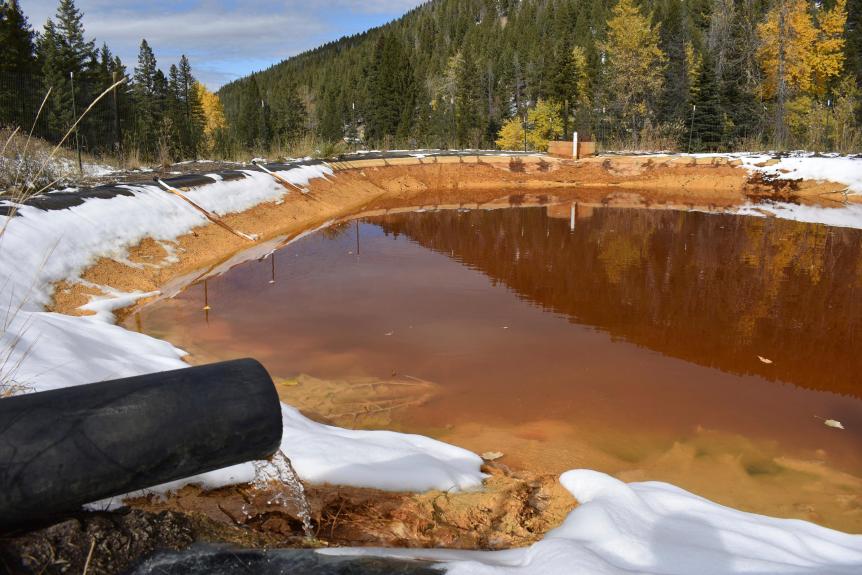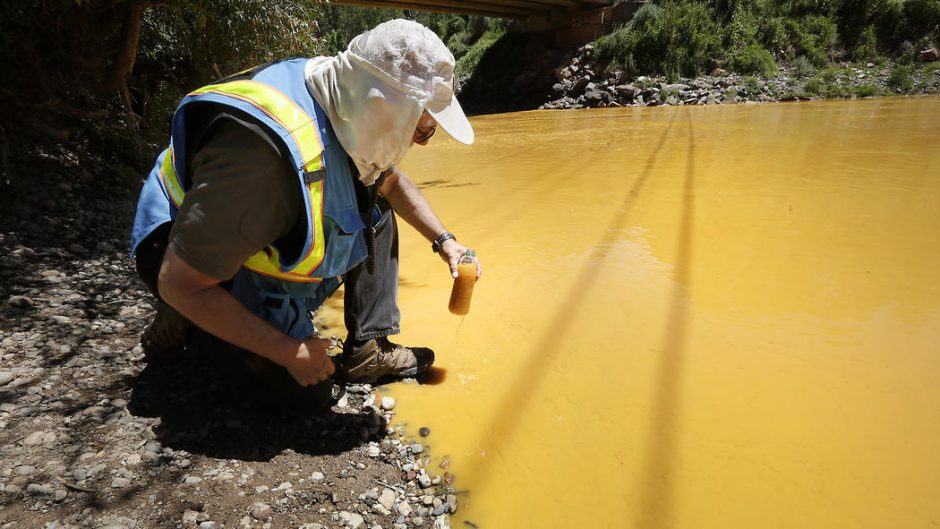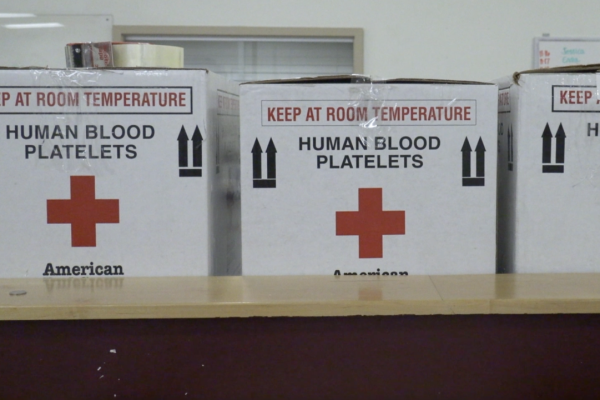
By Anjani Iman Syracuse, N.Y. (NCC News) — Arsenic, lead and other toxic metals are found in untreated water that flows into surrounding lakes and streams, according to the Associated Press. These drinking water sources included California, Colorado, Montana, Oklahoma and at least five other states.
Polluted water has already gone viral across news outlets in Flint, Michigan; but now, data shows that pollution has a history with the mining industry for over a century in the United States.
Colorado’s Gold King Mine is a site that visibly releases 3 million gallons of brown colored sludge, excess from mining sites, into rivers in three states. Contaminated water flows out of pipes and runs untreated into nearby groundwater, ponds, lakes, and rivers.
Public record data shows that at least 43 mining sites are under federal oversight, some containing over a hundred individual mines.
According to the Denver Post, records show that there is 20 million gallons of daily dose pollution in the 50 million gallons of water that streams daily from the sites.

The Environmental Protection Agency has spent about $4 billion on mining cleanups and under President Trump, the EPA has a small number of Superfund sites that highlight cleanup efforts.
In 2017, the EPA proposed a bill that required companies that operate mines to post cleanup bonds or offer other financial contracts so taxpayers do not paying for the cleanups. The Trump administration halted this 2017 rule, but environmental groups are scheduled to appear in federal court in March to bring this EPA rule back.




